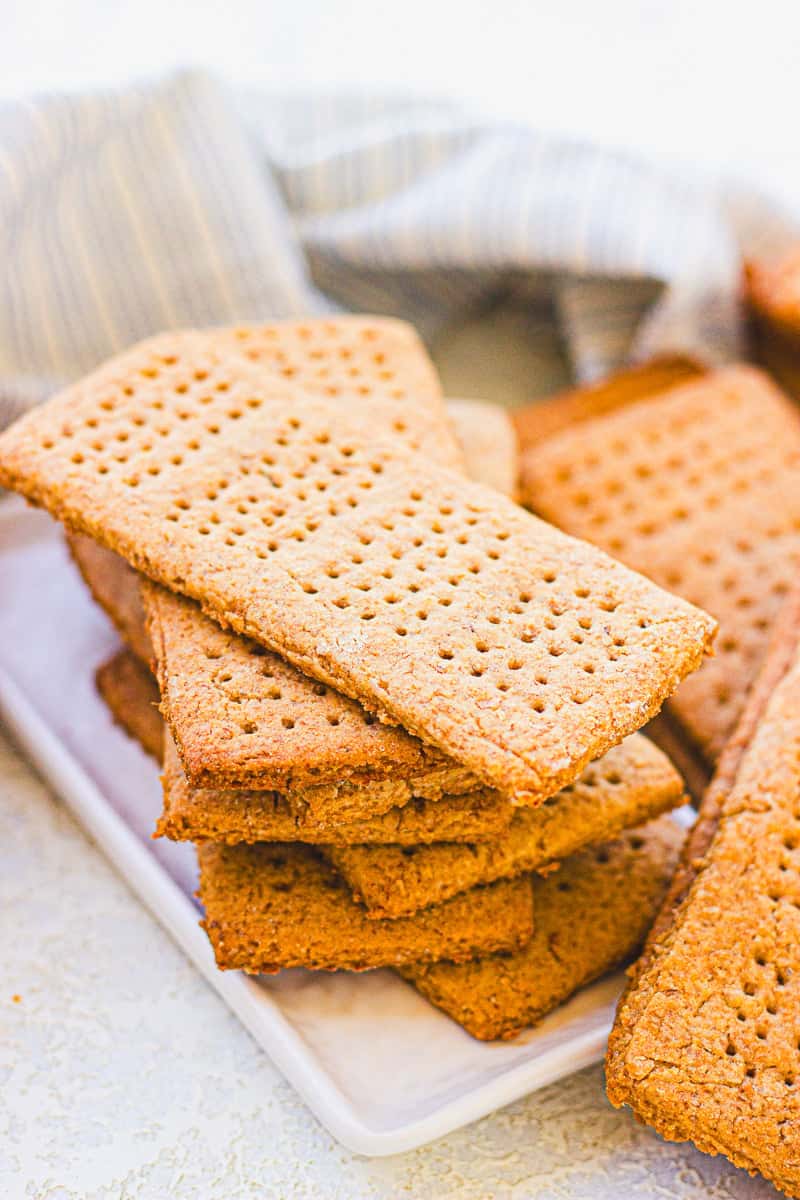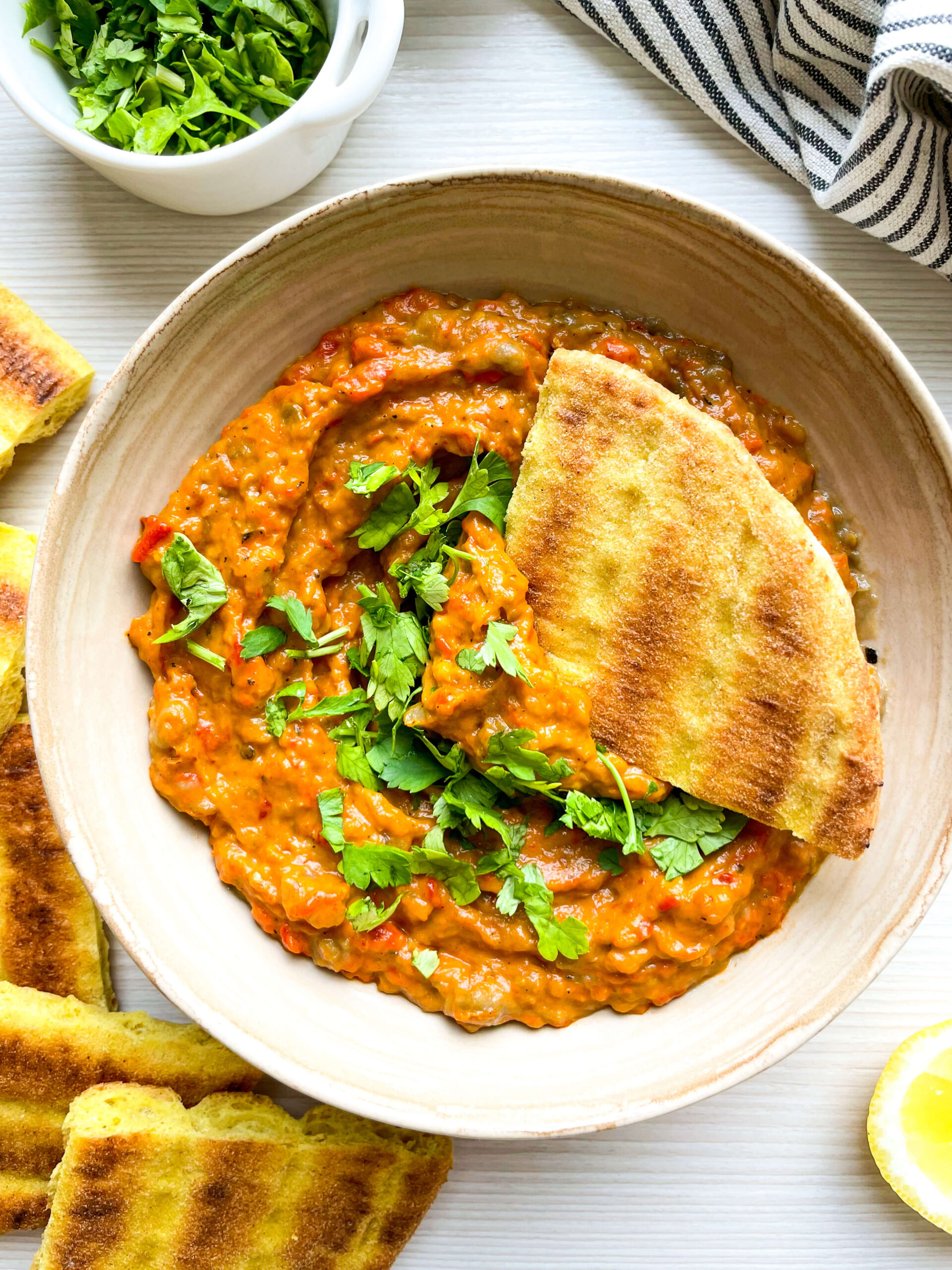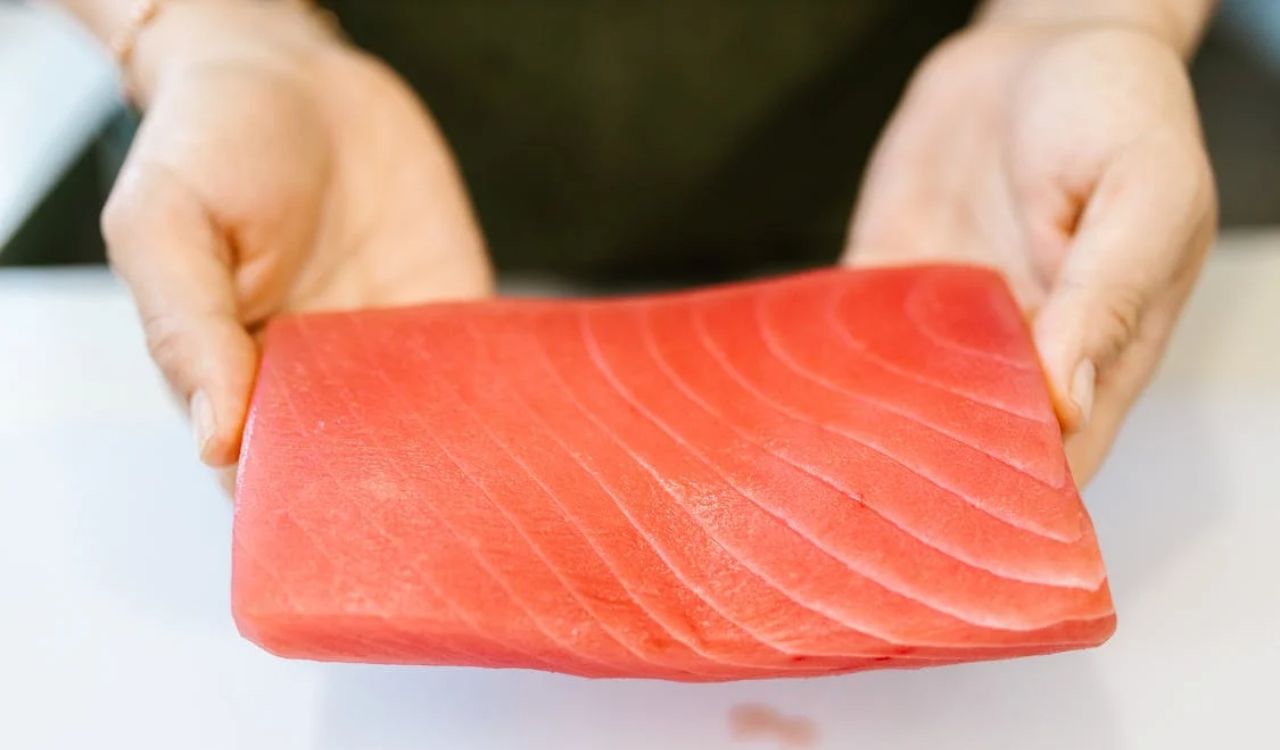Cheap Brownies vs Pricey Brownies Which Ones Really Taste Better
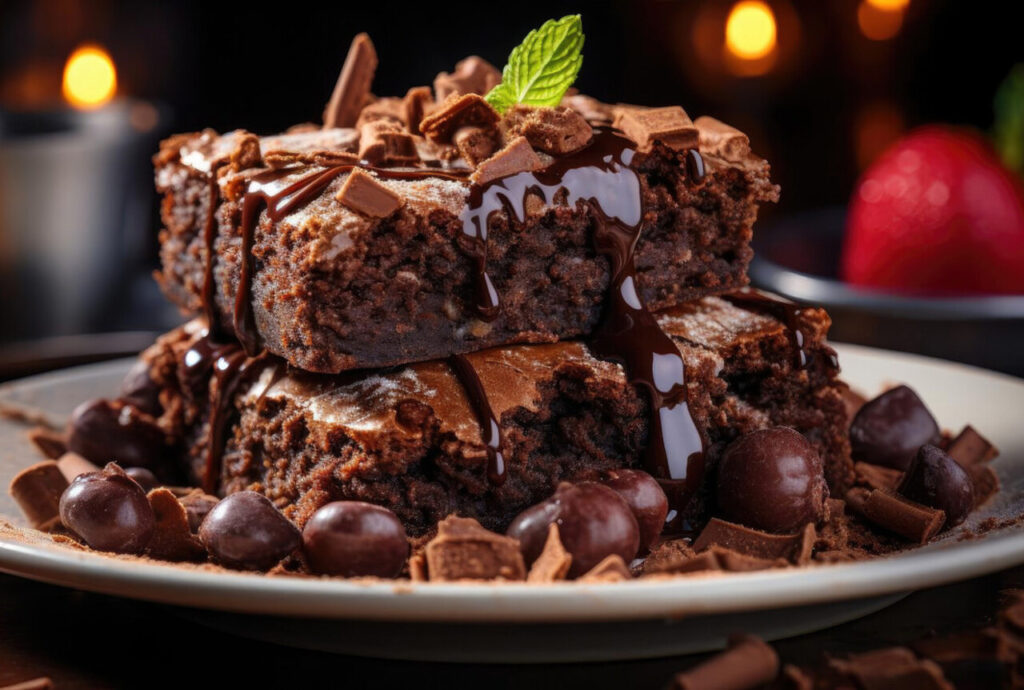
Brownies are one of those desserts that can spark serious debate. Some swear by high-end ingredients, insisting that premium chocolate and butter transform an ordinary treat into a decadent experience. Others argue that a simple, budget-friendly recipe delivers just as much satisfaction without the hefty price tag.
The truth is, not all ingredients impact the final taste equally. Factors like cocoa fat content, chocolate quality, and butter type can subtly but noticeably change texture, fudginess, and flavor. Meanwhile, staples like flour, sugar, and eggs often make less of a difference than most people assume.
So how do cheap brownies stack up against their expensive counterparts? And is it worth splurging on premium ingredients for your next batch? Let’s break down the science, taste, and texture behind budget-friendly and high-end brownies.
The Ingredients Factor
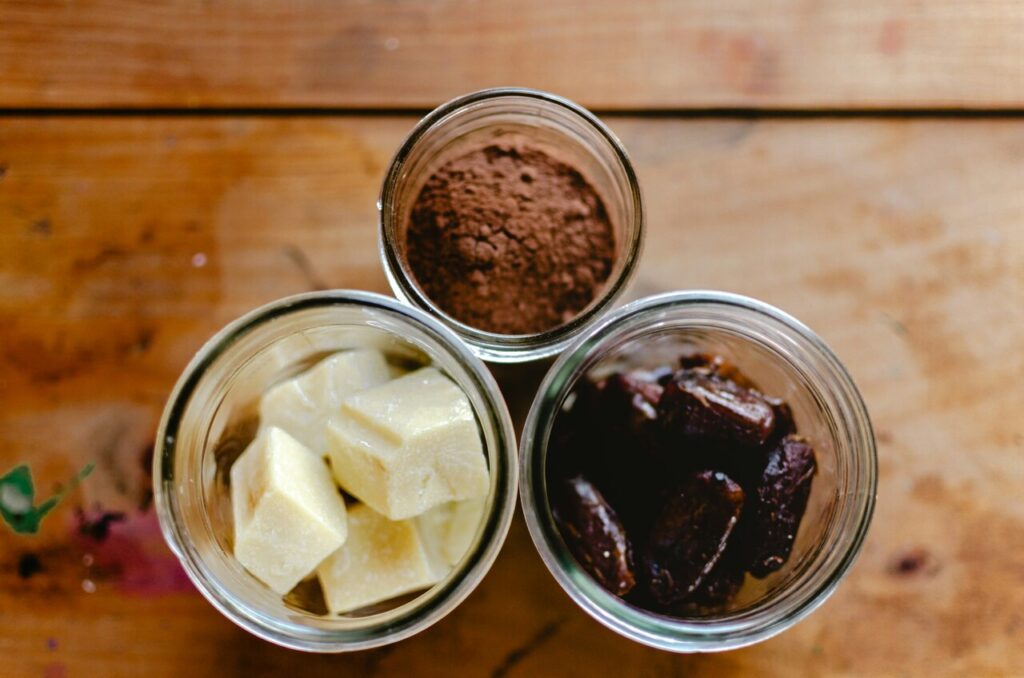
When comparing cheap versus pricey brownies, ingredients are where the differences are most noticeable. Premium cocoa, chocolate, and butter often result in richer flavor, smoother texture, and a more luxurious mouthfeel. Conversely, cheaper versions rely on standard grocery items, which can still produce satisfying results but may lack depth and intensity.
Cocoa Powder
Fat content in cocoa is key. Cheap cocoa usually has around 10% fat, whereas premium cocoa can reach 22–24%. That extra fat contributes to moist, fudgy brownies with more pronounced chocolate flavor. However, for casual bakers, the difference may not be dramatic enough to justify the higher price.
Chocolate Chips
High-quality chocolate chips stand out more in taste tests. Budget chips can taste overly sweet or artificial, while premium options like Guittard or Valrhona provide a richer, deeper chocolate flavor. This choice directly affects both taste and the overall chocolate intensity of the brownie.
Butter and Vanilla
Butter impacts texture more than flavor. European-style butter with higher fat content can create softer, fudgier brownies. Vanilla, while essential in some desserts, plays a minor role in brownies since chocolate dominates the flavor profile.
Store-Bought vs Homemade
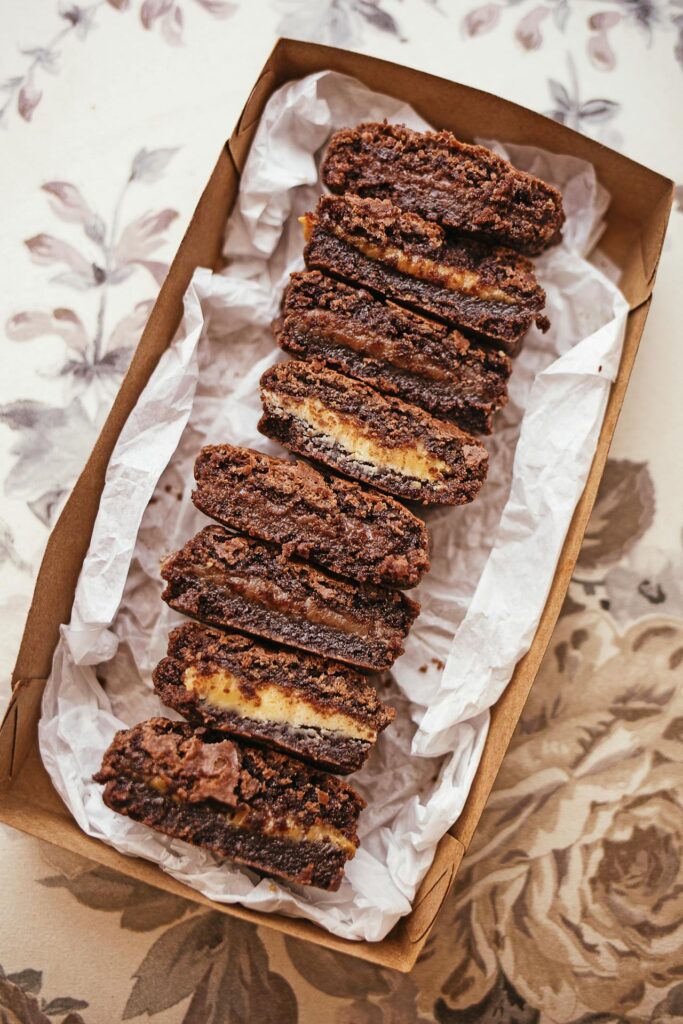
Buying brownies from a store introduces another layer to the equation. Convenience often comes at the cost of ingredient quality. Store-bought options can be perfectly fine for a quick treat, but homemade brownies whether cheap or expensive allow precise control over chocolate quality, sugar levels, and texture.
Texture and Appearance
Expensive homemade brownies generally appear denser, with a shiny crust and fudgy interior. Cheap homemade brownies can sometimes be drier or more crumbly, but clever mixing techniques and baking adjustments can bridge much of this gap.
Taste Test
Taste is subjective, but many people notice a subtle difference when sampling premium brownies. They often rate them as richer and more indulgent, but a well-made budget brownie can still satisfy cravings and be nearly as enjoyable.
Is Splurging Worth It?
At the end of the day, the answer depends on your priorities. If you’re baking for a special occasion, premium ingredients may elevate the experience. If it’s a casual weeknight treat, budget-friendly brownies still deliver chocolatey satisfaction.
The real takeaway? Know which ingredients truly impact your brownies and spend your money wisely. Focus on cocoa, chocolate, and butter if you want noticeable improvement; for other staples, standard grocery options usually suffice.
Conclusion
Whether cheap or expensive, brownies are a universally loved dessert. While premium ingredients offer a richer flavor and smoother texture, well-executed budget brownies can be just as satisfying. Understanding which ingredients make a difference helps you make smarter choices in the kitchen, balancing indulgence with practicality.


